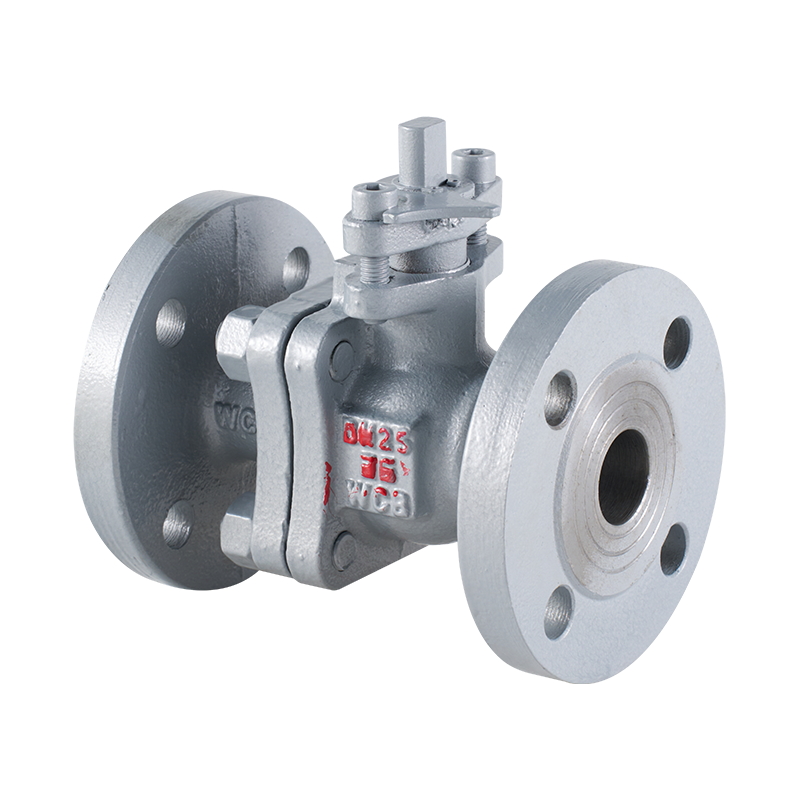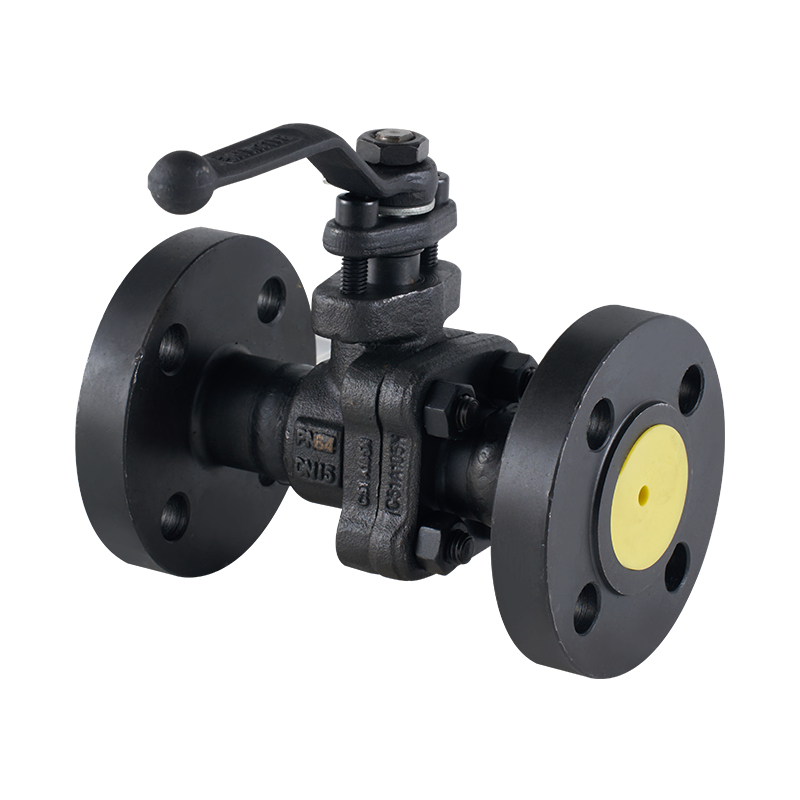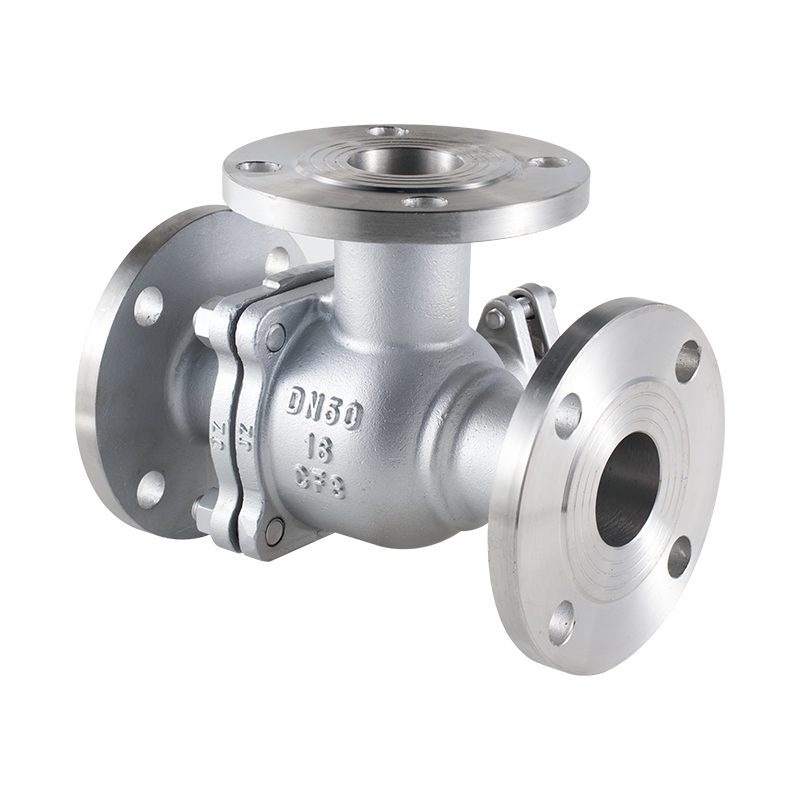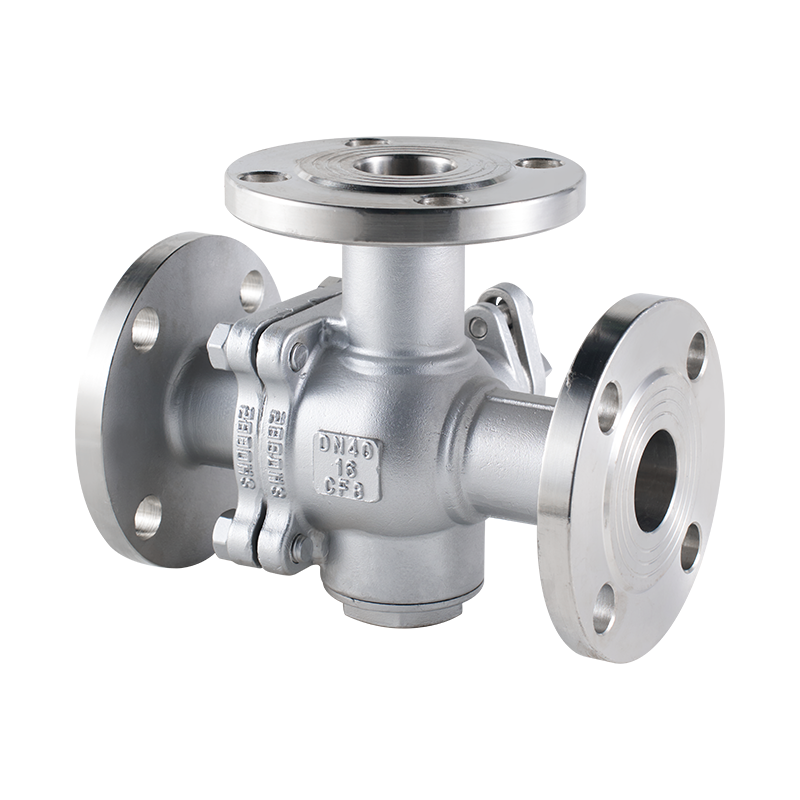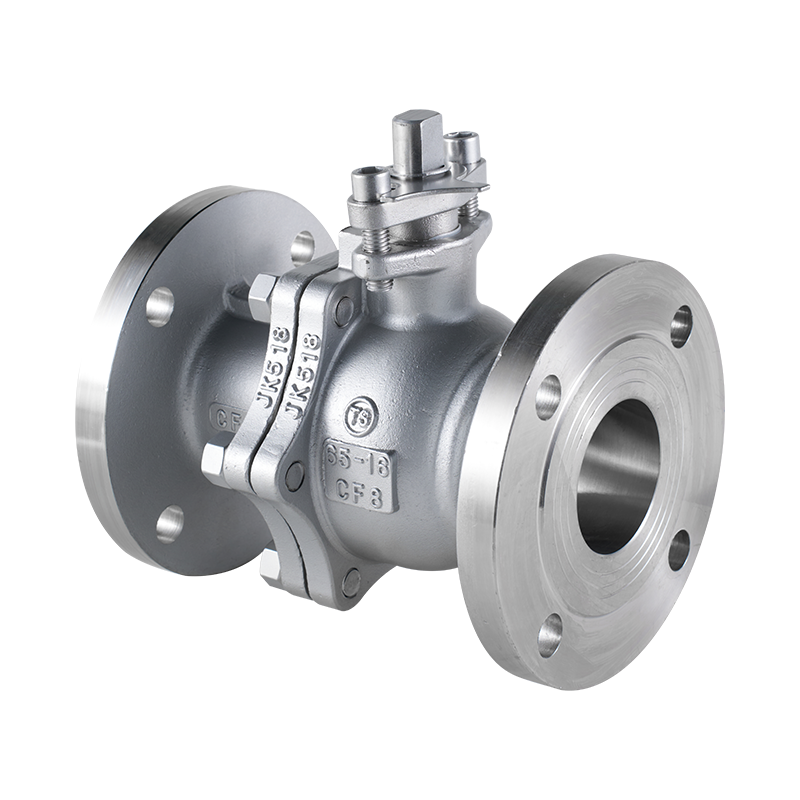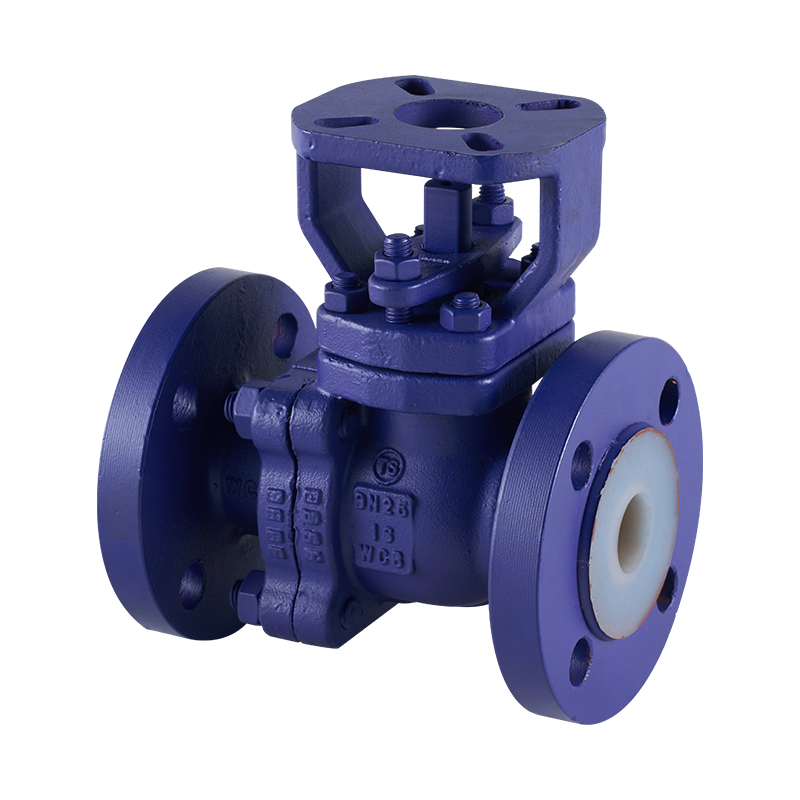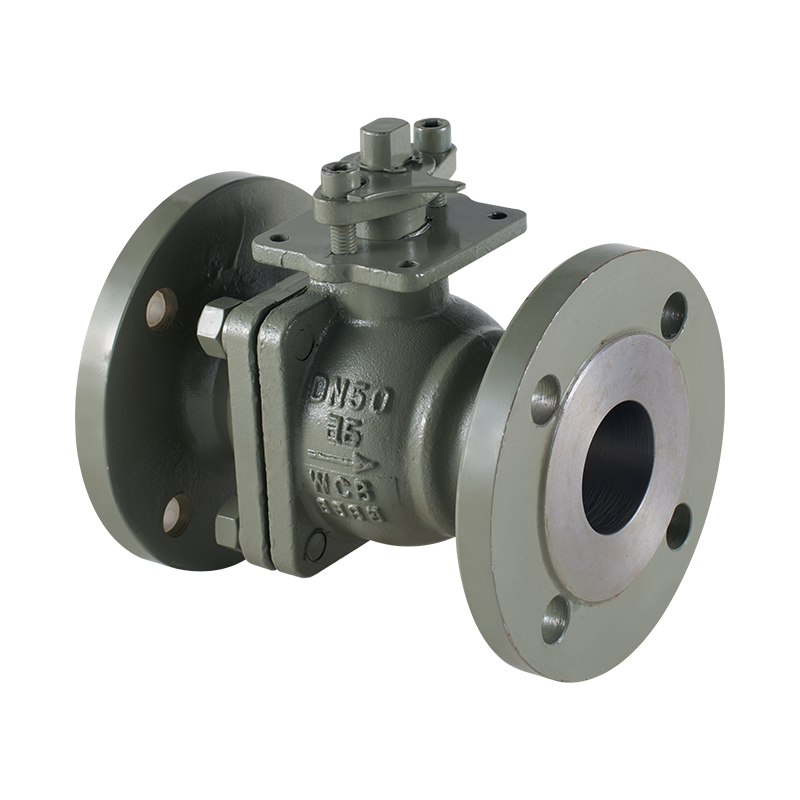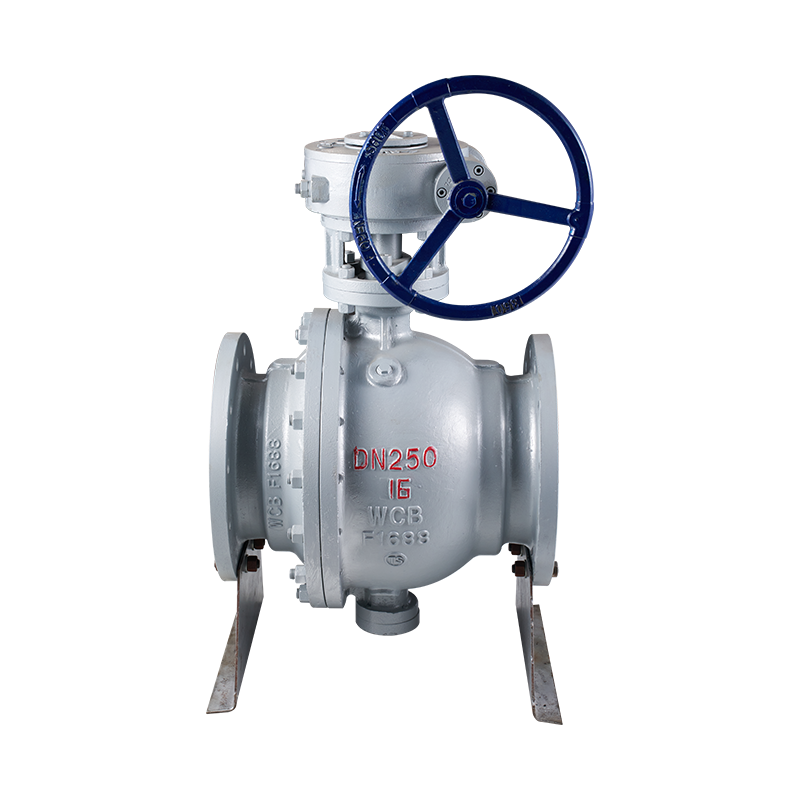The Stainless Steel Flanged Strainer plays a crucial role in many industrial fluid and gas systems by protecting the system from debris, sediments, and other particulates that may disrupt the flow or damage sensitive components. This strainer, designed with a flanged connection, ensures a secure and stable installation within the pipeline system, offering effective filtration with minimal maintenance.

Constructed from stainless steel, this strainer is highly resistant to corrosion, making it ideal for use in systems that handle harsh fluids or operate in challenging environments, such as chemical processing plants, oil and gas refineries, or water treatment facilities. Stainless steel is known for its strength and durability, which ensures the strainer maintains its structural integrity even under high pressures or fluctuating temperatures.
The flanged design of the Stainless Steel Flanged Strainer enhances its ease of installation. Flanged connections are widely used in industrial applications because they provide a reliable and tight seal. This type of connection also allows for easier maintenance, as the strainer can be removed, cleaned, or replaced with minimal effort.
In operation, the Stainless Steel Flanged Strainer filters out unwanted debris from the flow, ensuring that downstream components such as pumps, valves, and meters remain undamaged and operate efficiently. The strainer's mesh or perforated design ensures effective filtration while maintaining minimal resistance to flow, optimizing the overall system's performance.
The Metal Seated Ball Valve is a high-performance valve often used in demanding applications that require tight shut-off and the ability to withstand temperatures, pressures, and harsh fluids. Unlike traditional soft-seated ball valves, which use elastomeric materials for sealing, the Metal Seated Ball Valve relies on metal-to-metal seating, providing durability and resistance to wear.
One of the key benefits of the Metal Seated Ball Valve is its ability to handle high-temperature and high-pressure environments. The metal-to-metal seal ensures that the valve operates reliably under conditions, making it ideal for industries like oil and gas, power generation, petrochemicals, and heavy industrial applications. These valves can be used to control the flow of steam, hot oil, high-pressure gases, and other aggressive fluids that would degrade or destroy softer sealing materials.
The design of the Metal Seated Ball Valve includes a hardened ball and seat materials that ensure a tight seal even in the challenging operating conditions. Common materials used for the ball and seat include stainless steel, Inconel, or other high-strength alloys. These materials are chosen for their ability to withstand high wear, corrosion, and thermal stress, which are common in industries that deal with abrasive or corrosive media.
Another advantage of the Metal Seated Ball Valve is its long service life. Because the metal seat does not deteriorate as quickly as softer materials, these valves tend to last much longer, making them a cost-effective choice for industries with high operational demands. Furthermore, the metal seating ensures that the valve is more resistant to erosion and mechanical damage, which can occur in systems with solid particulates or abrasive fluids.
In terms of maintenance, the Metal Seated Ball Valve is relatively easy to maintain compared to other types of valves. Regular inspection is recommended to check for signs of wear, especially in the seat and ball areas, as these components can experience gradual erosion over time. However, their durability and long-lasting performance make them a preferred choice in high-demand applications where reliability is critical.
Due to their robust design, Metal Seated Ball Valves are widely used in industries that require a valve with a long lifespan, minimal leakage, and the ability to handle severe operating conditions. Their ability to provide tight shut-off in high-pressure and high-temperature environments makes them an invaluable component in maintaining system efficiency, safety, and operational continuity.

 English
English 中文简体
中文简体


